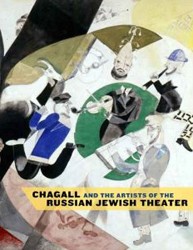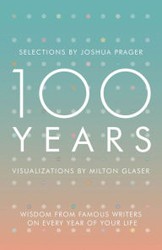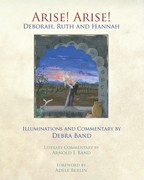The turbulent, displacing history of the Jewish people throughout the centuries due to religious, political, and socio-economic upheavals has changed the destiny of millions of individuals and the underappreciated abstract artist Ary Stillman was one such person.
The large, coffee table book entitled, Ary Stillman: From Impressionism to Abstract Expressionism, is a collection of essays from various art historians, curators, and art critics which follows the development of a young man searching for a means to express his heritage and identity. The visually impressive book, including large color plates depicting the various artistic movements which Stillman explored, tells the story of a curious, philosophically-minded native Minsk man born Hyman Aron Stelmach in the small predominantly Jewish village of Hresk in 1891. While Stillman was raised in an Orthodox environment, the family moved to the United States to escape violent pogroms. He was influenced by his Americanized family in Sioux City, Iowa, travels to Europe — particularly Paris — the center of emerging Avant Garde genres where he studied with renowned artistic talents, and got involved with the New York School where Adolph Gottlieb, Barnett Newman, Mark Rothko and others were among his peers, and later a return to the U.S. in the early 1930’s to escape the escalating persecution of the Nazi regime.
Having to redirect the course of his career so often due to impending danger or restrictions placed on Jewish artists caused friction in Stillman’s life and many of the contributing essayists believe that this constant disruption robbed Stillman of his rightful place among influential artists of the 20th century. While the lengthy book, including an impressively detailed overview of the styles, movements, and individuals of the 1900’s could be used an effective text for art history college courses, the compilation stands out in terms of addressing Jewish identity through artistic expression. Primarily known as an abstract artist, Stillman grappled with how to express the weighty, turbulent struggle of the Jewish people through abstraction. He never lost sight of where he came from — the underpinnings of some of his most complex canvases remain nostalgically imbued with the traditions of Jewish symbolism.





